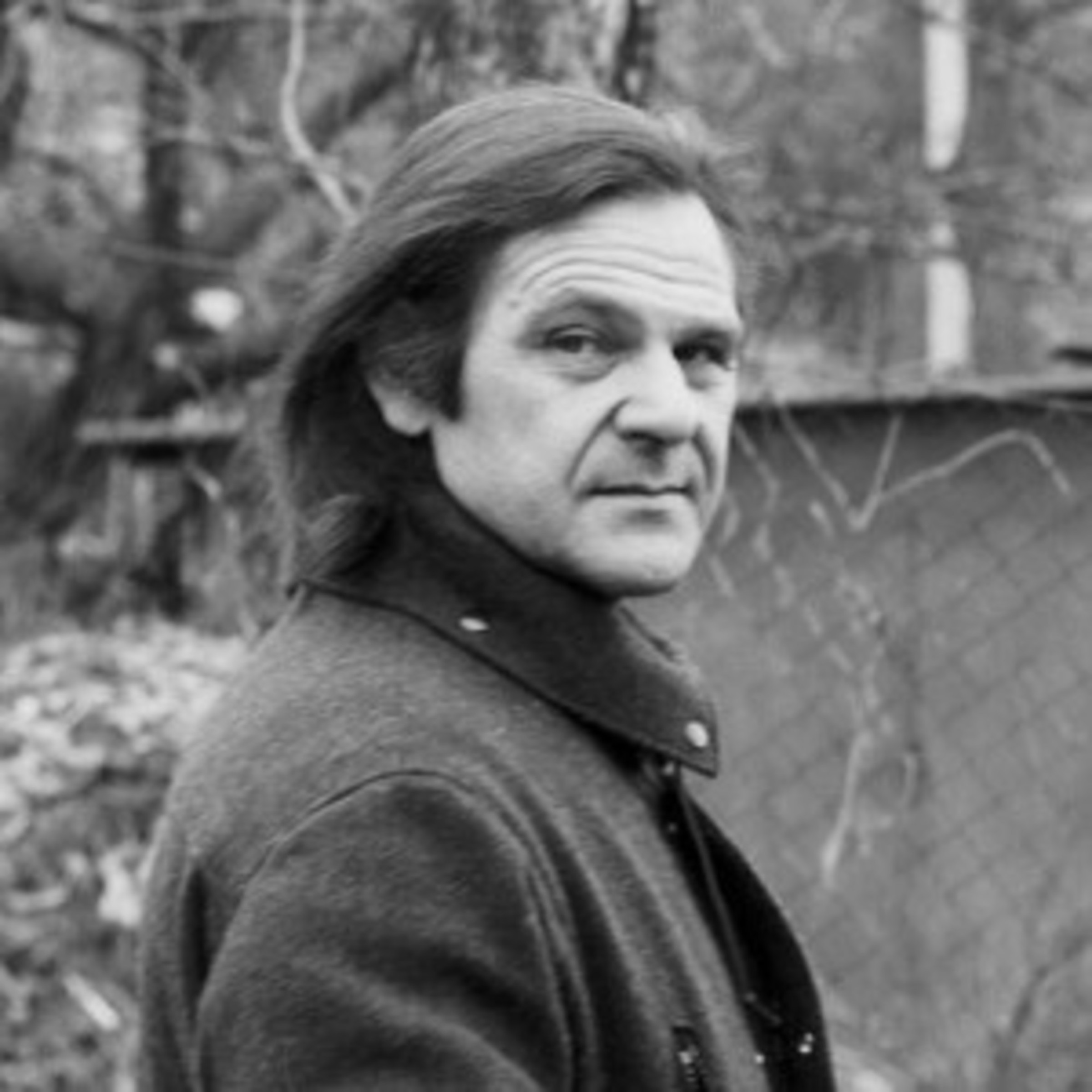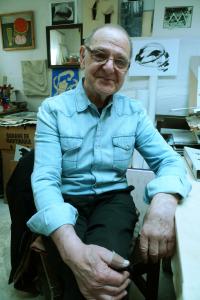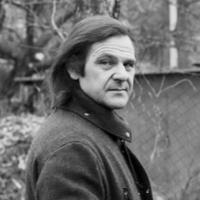Use the time you have for creating

Stáhnout obrázek
Juraj Bartusz was born in 1933 in Kamenín into a family of mason foreman. His father started his own business, which was very prosperous before the war. Young Juraj followed in his father‘s footsteps and after the war, he took entrance talent exam at the Secondary School of Art in Prague. Bartusz‘s talent shined out at the exam and he was accepted. However, after February 1948, Juraj father‘s company was nationalized and because of his resistance, he was arrested in Štúrovo prison, where he unfortunately after two months committed suicide. Juraj Bartusz was able to finish his studies and after graduating from university he earned a degree of Academic Sculptor. After school he married his schoolmate Mária Vnoučková (well-known Košice sculptor) and moved to Košice, where he started to work at the advertising department of East Slovakian Ironworks. Work at advertising department wasn‘t satisfactory enough for a young artist, thus he regularly entered Sculpture Competitions. After winning his first competition with the created Monument of Krompachy Uprising, he became independent, and began working as a full time sculptor. More and more work orders were about to come, yet, to mention a significant Monument for Luis Pasteur Faculty Hospital in Košice. He was appointed a Professor at the Academy of Fine Arts and Design in Bratislava and in 1998 he founded the Faculty of Arts of the Technical University in Košice. He lives and works in Košice.

